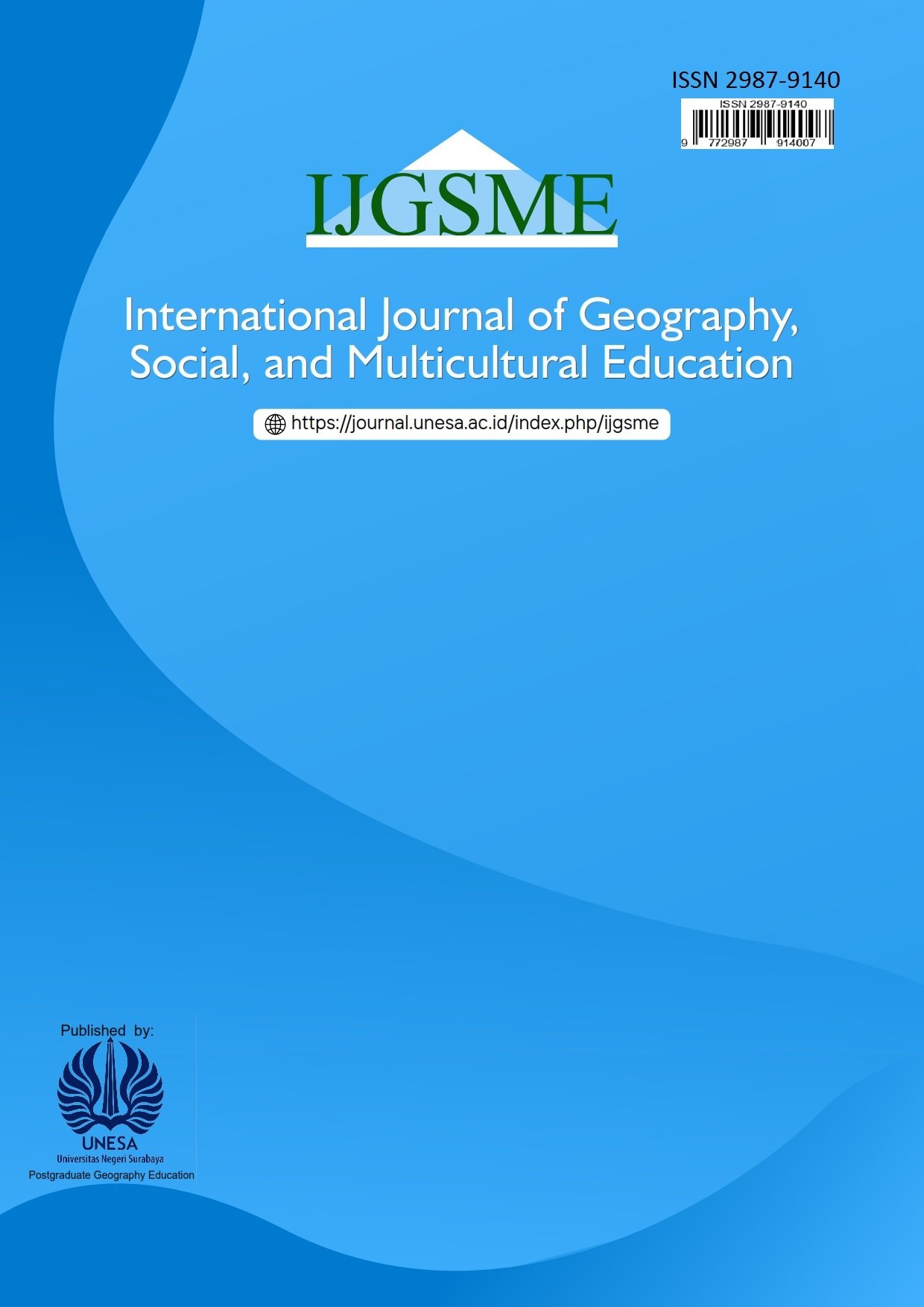Parenting Patterns With Intensity of Digital Media Use in Children Under Age
DOI:
https://doi.org/10.26740/ijgsme.v3n1.p88-101Keywords:
Parenting, Digital Media, Children's DevelopmentAbstract
This study examines the relationship between parenting styles and the intensity of digital media use among children under age. The rapid development of digital technology has significantly altered daily activities, leading to a shift in parenting practices. The research employed a quantitative method by distributing online questionnaires to parents of young children. The study found that smartphones are the most frequently used digital devices at home, with children often engaging in activities such as watching videos and playing games. While digital media can provide educational benefits, excessive use without proper supervision poses risks, including health issues and behavioral changes. The findings underscore the critical role of parents in supervising and setting boundaries for digital media use. Effective strategies include limiting screen time, selecting age-appropriate applications, and encouraging alternative activities. The study highlights the importance of parental involvement to balance the benefits and mitigate the negative effects of digital media on children’s development.
Downloads
Published
How to Cite
Issue
Section
License
Copyright (c) 2025 Talitha Rachman Dordia, Shahnas Ilmi, Auliya Tiarista Auliya Tiarista, Fahra Afrianti Azzahra, Adella Signal Putri, Armawati Hidayati, Nurul Ratnawati

This work is licensed under a Creative Commons Attribution-ShareAlike 4.0 International License.
 Abstract views: 336
,
Abstract views: 336
, PDF Downloads: 68
PDF Downloads: 68








